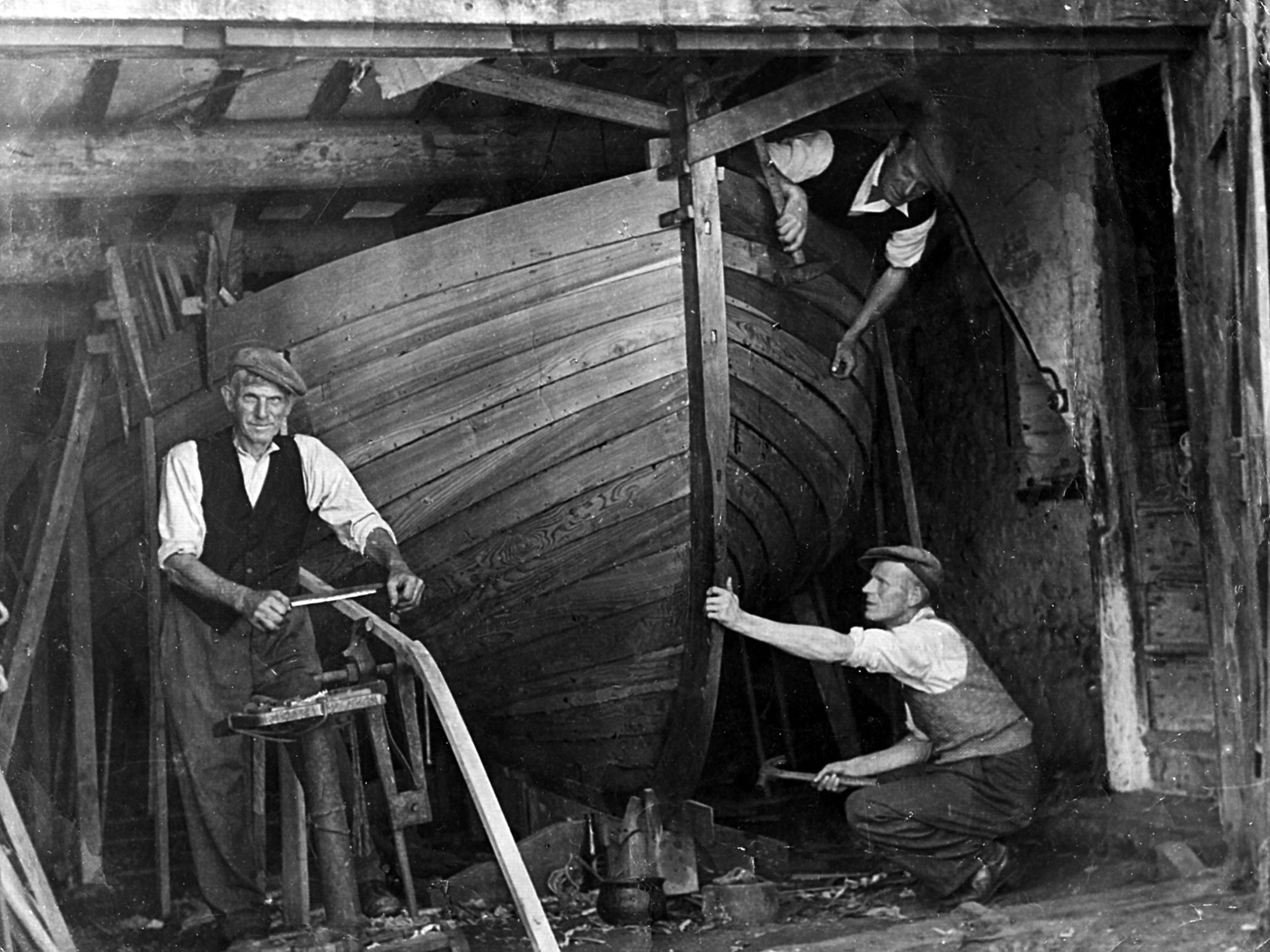
A voyage into a unique family history
For over 100 years Sheringham’s Emery family crafted sturdy seafaring boats with skill and ingenuity and, thanks to three dedicated descendants, their exploits have been recounted in a brilliant new book
The stunning seaside town of Sheringham has a remarkably rich history that’s been shaped by generations of inspiring local people. For more than a century, the astounding Emery family revolutionised the community’s most crucial trade, using their expert knowledge and craftsmanship to build boats that became the workhorses of the Norfolk coast inshore fishing fleet.
The family’s amazing boat-building voyage launched in around 1850, born out of a combination of necessity, demand, and enterprising carpentry skills. Sheringham fisherman Lewis Emery needed a new crabbing boat and couldn’t find anyone to build him one, so he decided to do it himself. Working without drawn plans or wooden formers, he relied solely on humble hand tools and his finely-tuned craftsman’s eye – constructing a marvelous vessel to be proud of. Other fishermen were soon asking Lewis to make them new crafts too, prompting him to switch from fishing to building boats full time.
It was the start of a boat-building dynasty which lasted for generations. Throughout their enthralling history the Emery’s passed their exceptional skills from father to son, producing an armada of industrious boats serving fisherman from Yorkshire to Kent. Their vessels were renowned for quality and even attracted attention from overseas, with one tested by lifeboat hero Henry Blogg and shipped more than 8,000 miles away to the Falkland Islands.
The family’s growing reputation meant that when the town needed to replace its first private lifeboat in April 1894, Lewis Emery was approached by the donor and tasked with crafting a new one. Despite being 77 at the time, he poured passion and energy into the job, helped by his son Robert and other family members.
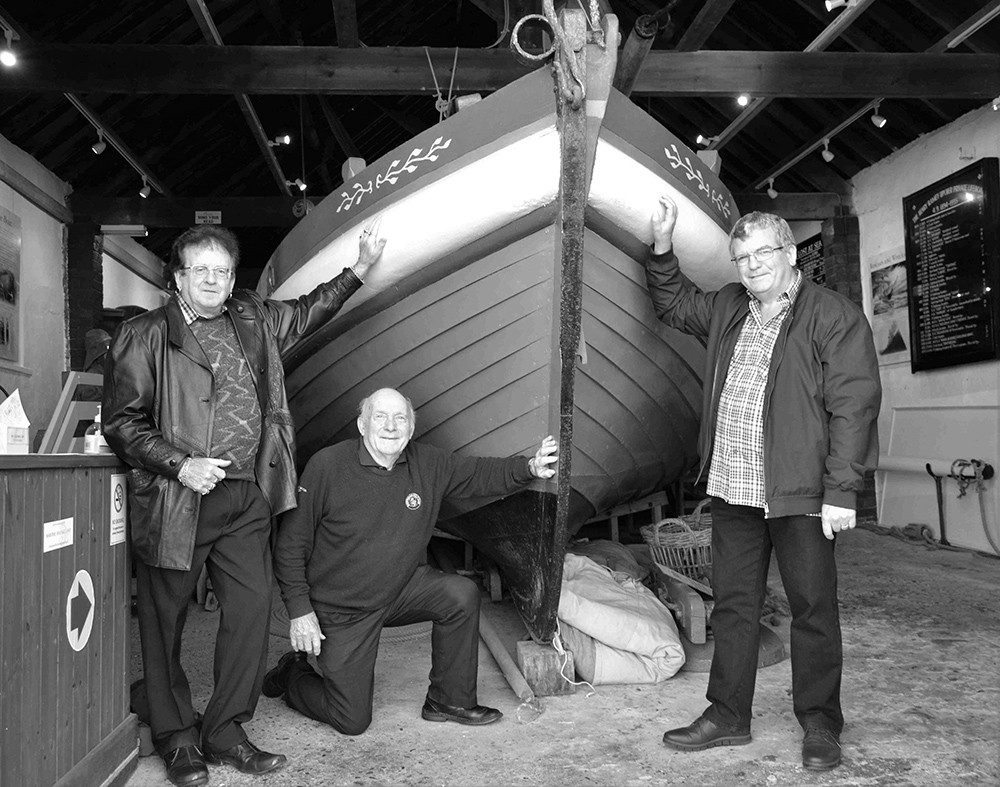
The lifeboat was launched five months later and named Henry Ramey Upcher, in memory of the donor’s husband. She went on to carry out 56 daring missions, saving 202 stricken seafarers over four decades of service. After retiring from duty in 1935, the HRU went into storage in her original shed – which was later converted into a dedicated museum. It remains a popular attraction today, proudly preserving an important chapter of Sheringham’s lifeboat heritage.
The family were innovators as well as skilled craftsmen, working to change the shape of the fishing trade by incorporating modern technology into time-honoured designs. One significant claim to fame came in 1914, when Sheringham fish merchant Harry Johnson wanted to fit motors to sailing crab boats to help them travel faster and work further from shore. Johnson called upon the practical knowledge of Robert Emery, as he was struggling to overcome the obstacle of protecting the boats propellers when launching and hauling up on shingle beaches.
Robert is said to have laid in bed one night dreaming up the design for a thicker stern post, which effectively protected the propeller from pebbles. His ingenious invention was a huge success and went on to be used for different vessel types across the country.
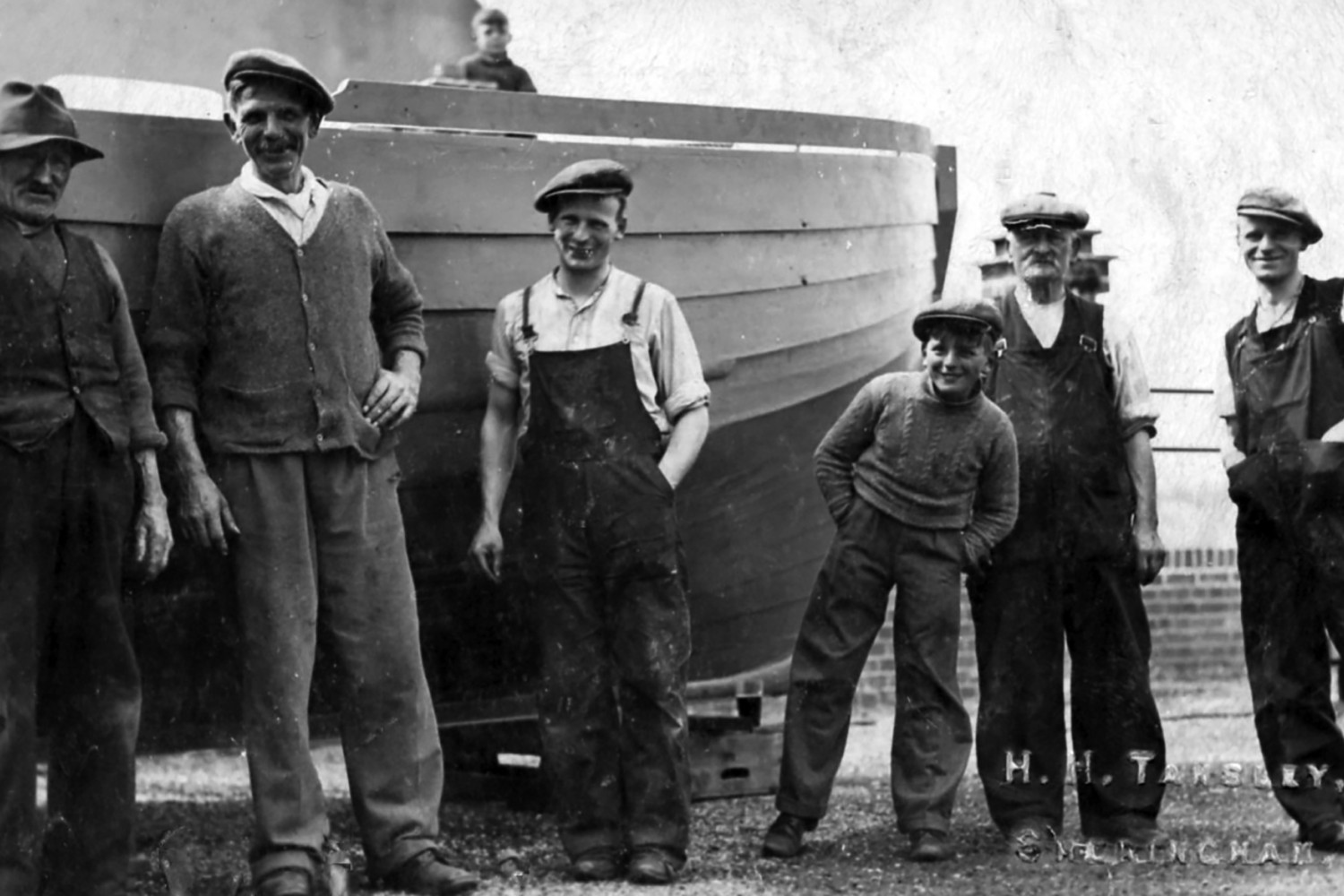
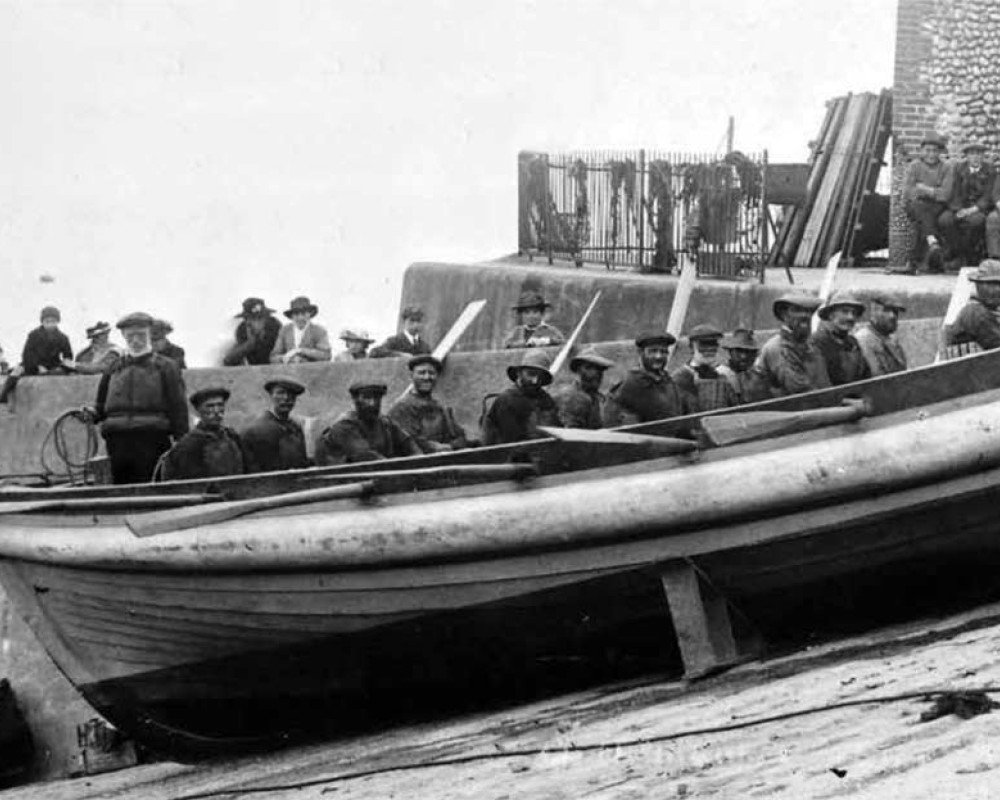
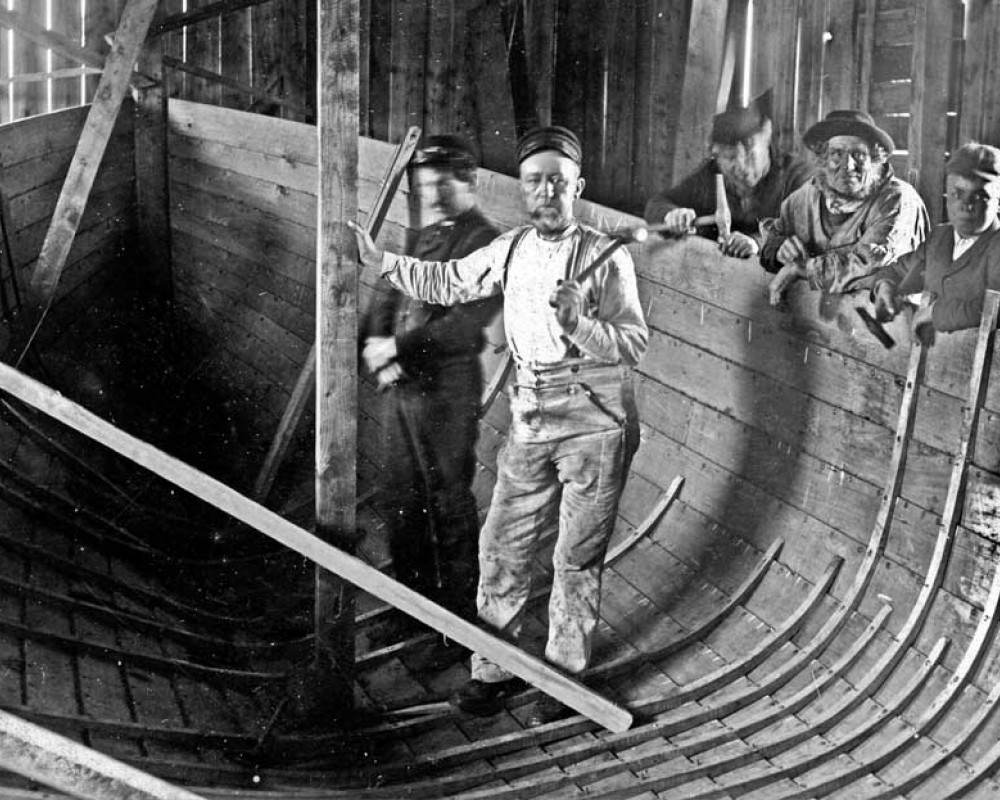
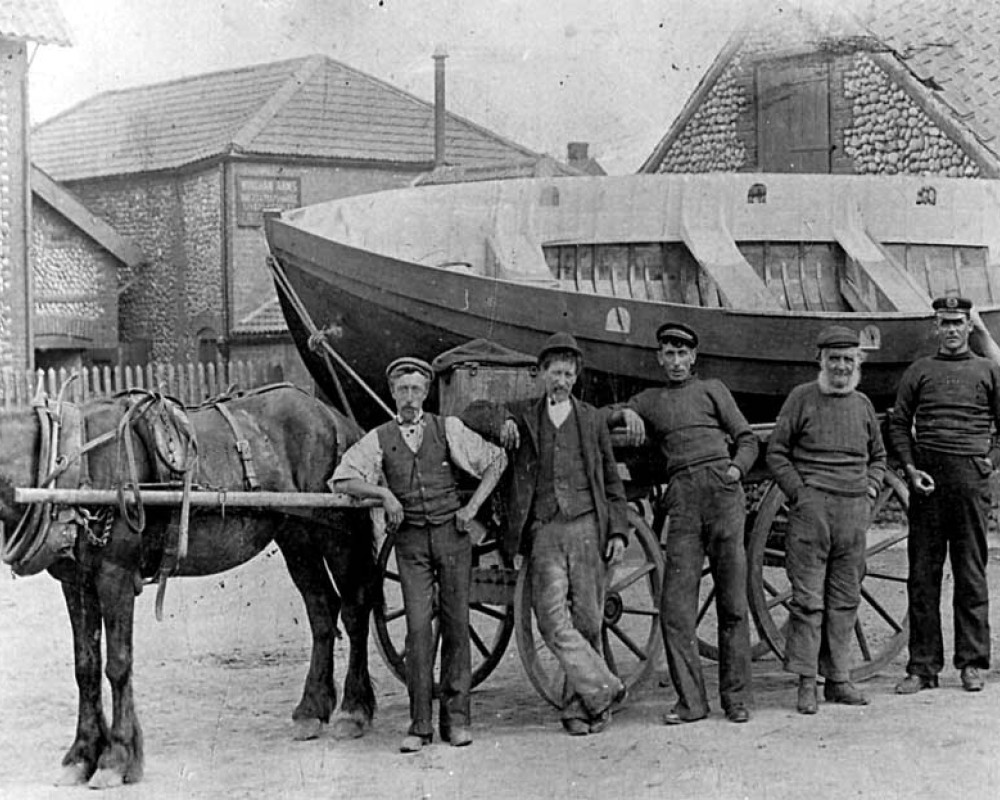
When Robert passed away in 1941 the business was taken on by his son Reginald and his grandsons Harold and Chris. The talented trio worked at the building of quality crab and whelk boats for the fishermen of North Norfolk - but after World War Two, the fishing industry and its need for new vessels was declining.
Chris moved on to other carpentry work in the early 1950s and Reg died in 1957, leaving Harold as the businesses’ sole proprietor. After finishing his final crab boat, he continued carrying out repairs until his death in 1981 - which brought about the closure of the Emery workshop after more than 130 years.
Astounded by the knowledge and pioneering efforts of their ancestors, the current Emery clan – Malcolm, Michael, and Jonathan – have worked hard to preserve the memory of their family’s extraordinary past. Wanting to create a more permanent and explanatory tribute than the piles of pictures, articles, and anecdotes they’d cherished for decades, the passionate trio set out to put their relative’s fascinating boat-building exploits in print. Published in September 2022, ‘I Wanted a Boat – So I Built One’ combines four decades of careful research with remarkable family photographs – painting a picture of the Emery’s vital contributions to the industry and recapturing the times they lived and worked in.
“We’re incredibly proud of our history and want to share it with others,” says Jonathan Emery. “I was at the funeral of my uncle Harold in 1981 when my mother said I ought to record the story of the business before it was too late. My uncle Chris was still alive so I spent a lot of time asking him questions about how the boats were built, looking through old photos and searching for some of the vessels still in existence.”
In 2017 Jonathan’s brother Malcolm suggested it was time they put the information together as a book. The pair involved their cousin Michael (Harold’s son) in moving the project forward, as he had vivid childhood memories of helping out in the family workshop.
“Holding a copy of the published book was a very special moment, as I’d poured years of research into putting it together. It was a true labour of love,” says Jonathan.
“We hope people will enjoy the voyage of reading it – discovering our history, savoring the pictures and soaking in the memories of an era never to be repeated.”
’I Wanted a Boat – So I Built One’ is available in East Anglian bookshops,
on Amazon, and direct from www.poppyland.co.uk
